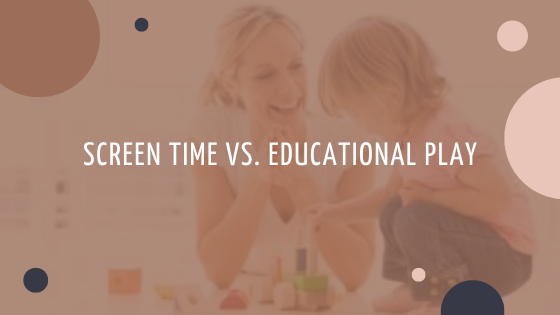In the heart of Zurich, a city renowned for its innovative spirit and commitment to excellence, Enigma is revolutionizing the digital marketing landscape. Their approach extends far beyond traditional advertising, embracing a holistic strategy that weaves together SEO, content marketing, and social media to enhance a brand’s digital presence profoundly. This comprehensive strategy is not just about reaching audiences, it’s about engaging them, building trust, and fostering lasting relationships.
The Zurich Essence in Digital Campaigns
Zurich’s essence of innovation, precision, and quality shines through in Enigma’s approach. Much like the city itself, which harmonizes its medieval old town with avant-garde architectural masterpieces, Enigma blends time-tested marketing strategies with cutting-edge digital trends. This synergy results in digital campaigns that are not only effective but also resonate with a depth and authenticity that is purely Zurich.
SEO: The Backbone of Digital Presence
Understanding that a strong digital presence begins with visibility, Enigma Werbeagentur Zürich prioritizes SEO from the outset. But this isn’t SEO as usual. Reflecting Zurich’s meticulous nature, Enigma delves into the minutiae of search engine algorithms, leveraging local Zurich-based insights to tailor strategies that propel brands to the top of search engine results pages (SERPs) not just globally, but specifically within the Zurich area and beyond.
Through comprehensive keyword research that aligns with the Zurich market’s vernacular and consumer behavior, technical SEO optimizations, and building a reputable local Zurich backlink profile, Enigma ensures that brands don’t just appear in searches, they dominate them.
Content: Crafting Narratives That Resonate
In Zurich, where art galleries and historical narratives abound, Enigma recognizes the power of a compelling story. Their content strategy goes beyond mere keyword stuffing, focusing instead on creating valuable, engaging content that speaks directly to the heart of Zurich’s audience.
From blog posts detailing the intersection of tradition and innovation in Zurich to social media content that highlights local events or successes, Enigma crafts narratives that not only inform and entertain but also build a bond between the brand and its audience, fostering a sense of community and belonging.

Social Media: Building Communities
Social media in Zurich, much like its public squares and coffee shops, serves as a gathering place for dialogue, exchange, and community building. Enigma leverages these platforms not just for promotional endeavors but to listen, engage, and connect with audiences on a personal level.
Through targeted campaigns that resonate with Zurich’s unique cultural and social landscape, Enigma uses social media to spark conversations, encourage user-generated content, and create viral moments that amplify a brand’s reach and relevance. Each campaign is tailored to reflect the brand’s voice and the vibrant diversity of Zurich’s community life.
The Enigma Difference
What sets Enigma apart in the bustling city of Zurich is not just their ability to execute each of these components expertly but their vision to interlink them into a cohesive, dynamic strategy. Their holistic approach ensures that every aspect of a brand’s digital presence is optimized, integrated, and aligned with the overarching brand identity and business goals.
From ensuring visibility through SEO, engaging audiences with compelling content, to fostering communities on social media, Enigma’s campaigns are a testament to their understanding that in the digital age, and especially in a city as vibrant as Zurich, effective marketing is not about broadcasting a message, it’s about creating a dialogue.
Conclusion
In Zurich, a city that leads with innovation and excellence, Enigma stands out by offering holistic digital campaigns that transcend traditional advertising. By strategically integrating SEO, content, and social media, they not only enhance digital presence but also cultivate meaningful connections, setting the standard for what digital campaigns in Zurich, and indeed the world, should aspire to be.


















